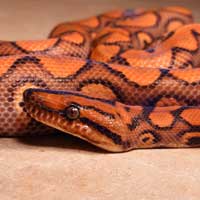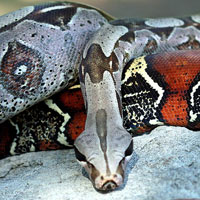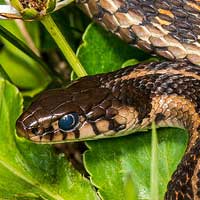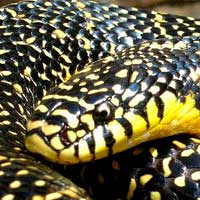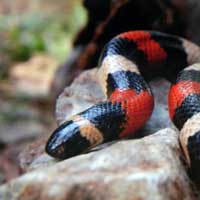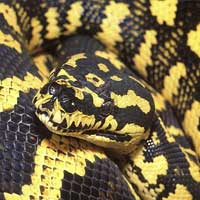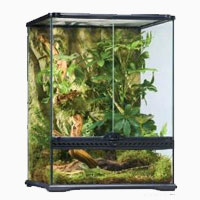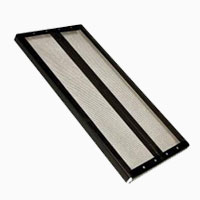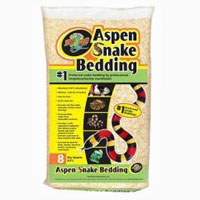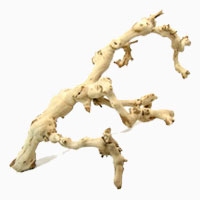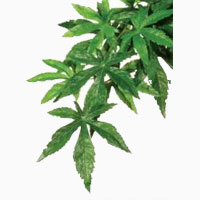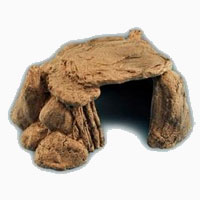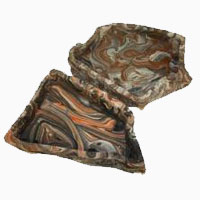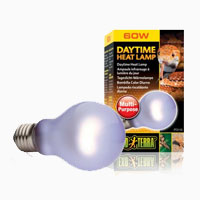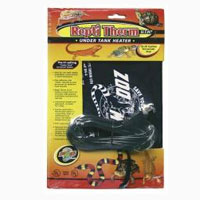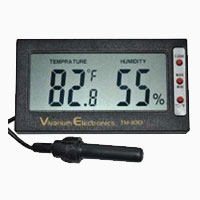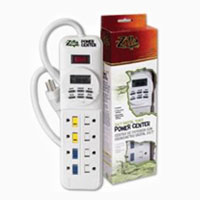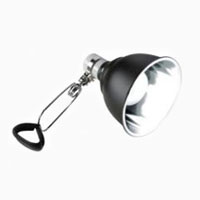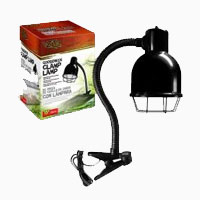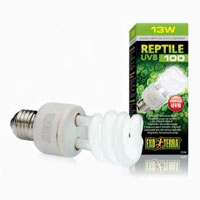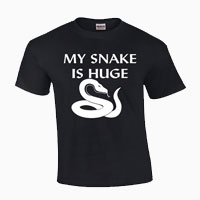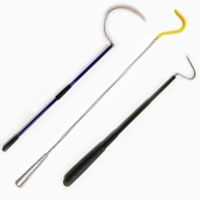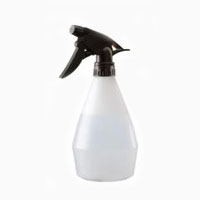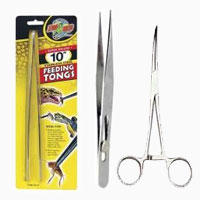Brazilian Rainbow Boa
Scientific Name: Epicrates Cenchria Cenchria
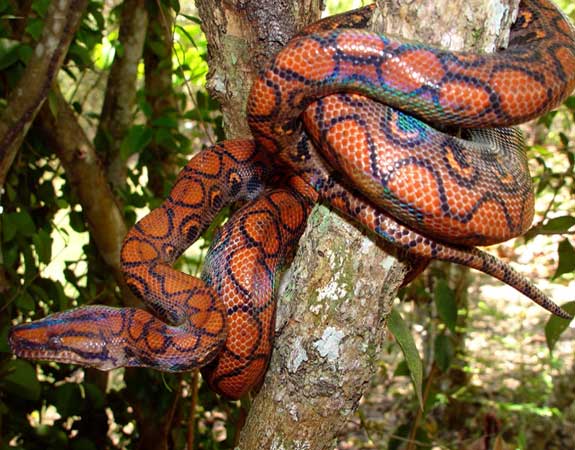
Share this Post
The Brazilian Rainbow Boa’s size is considered medium, in relation to other snakes. Color ranges are from orange to red, to brown with mahogany tints, featuring a pattern of dark rings along its dorsal surface. The sides contain dark spots, with iridescent scales, particularly after shedding. Lengthwise, this boa stretches to about seven feet, but five to six feet is the typical size. The scientific community considers boas primitive snakes, because of their two hind limbs, which are remnant or vestigial. These limbs look like spurs, located on both sides of the cloacae. These boas also detect heat by using special pits, located on their faces. They use this heat detection while in the wild, to find warm-blooded prey, in the darkness, as they are nocturnal.
Brazilian Rainbow Boas Are Beautiful Creatures
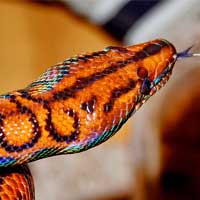
Facts About Brazilian Rainbow Boas
Geographic Location
The Brazilian Rainbow Boa finds its ideal range in South and Central America, the Amazon basin North to Suriname and Guyana, and Southern Venezuela.
Habitat
This snake prefers the moist habitats typical of drainage areas and rivers.
Behavior
Similar to most snakes, these boas are exceptional swimmers, although they avoid it if possible. This species of boa is advisable for captivity for intermediate keepers, as for beginners the nippy nature especially when young might prove a little dangerous. Over time with its owner, they are quite docile.
Reproduction
The incubation period is about eight to twelve weeks, and the females of this boa species are ovoviviparous, that means that their progeny develop in eggs, while still within the mother. The average clutch sizes range from two to as many as thirty five live young, who are each fifteen to twenty inches long. These stunning reptiles attain sexual maturity within two to four years after subsequent birth, and live to about fifteen to twenty years.
Captivity
It favors a diet of vertebrates that are warm blooded. They are fed once a week or so, otherwise they can become obese if overfed. Their enclosures should be kept free of humidity, as this encourages bacteria and parasite growth, which can affect the pet snake negatively. On the other hand, high temperatures could lead to death, and exceedingly low humidity causes excessive dehydration. The enclosure should also provide an artificial climbing branch, because of the semi arboreal nature of these boas, which love to climb. A large water bowl, a hygrometer and thermometer will be necessary to keep watch of optimum humidity and temperature. The Brazilian Rainbow Boas enclosure does not need heating, as they are nocturnal, but there are those that prefer to light their pet snakes enclosures. Thus, heat emitters made of ceramic that emit 24 hours a day, in conjunction with a day bulb of forty watts is recommended. Misting of their enclosures is also recommended, every so often, as this reduces humidity in the tank. Cypress mulch is the preferred base for this snake’s enclosure, as it retains moisture relatively well.
